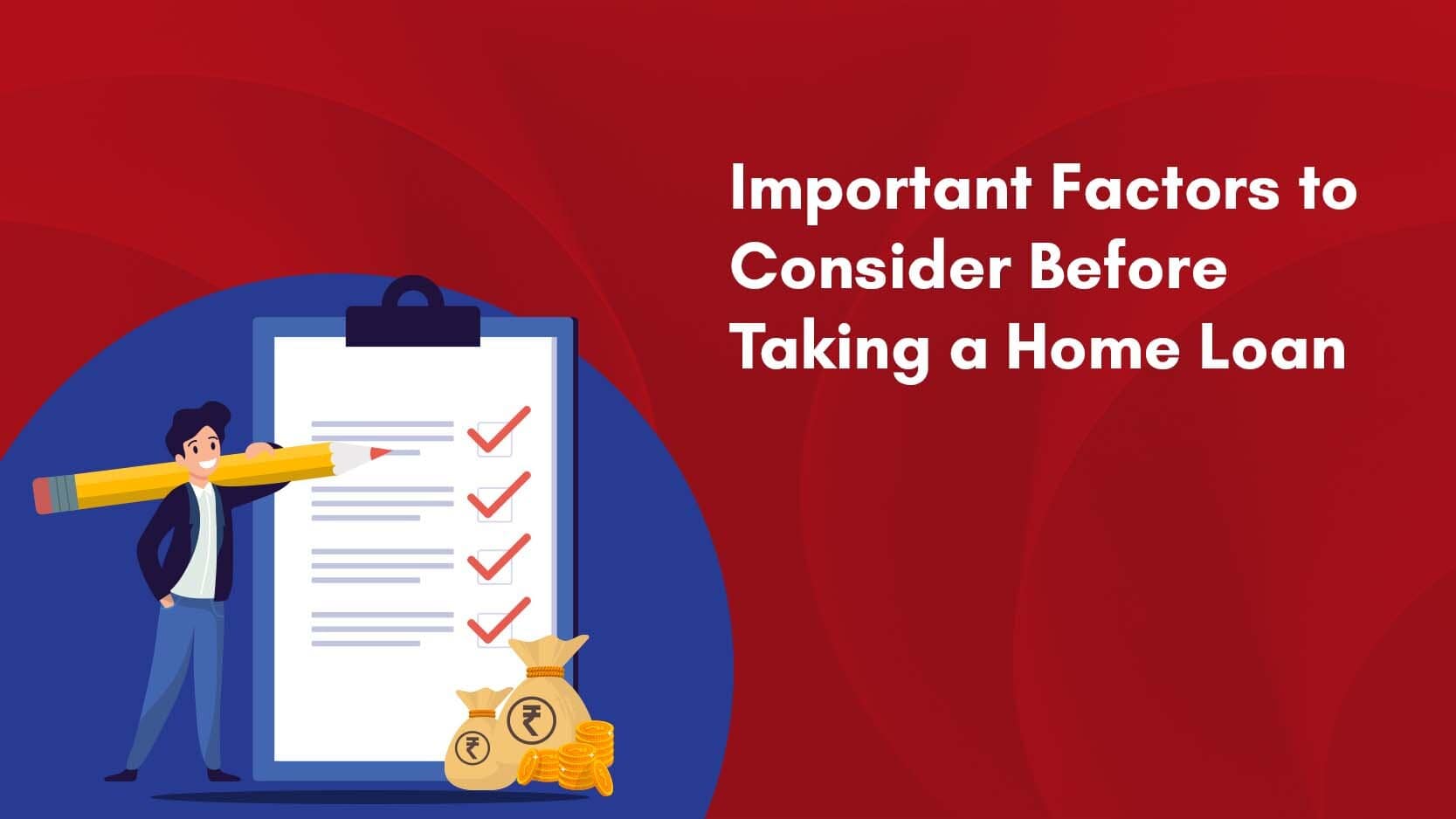
Taking out a loan is a significant financial decision that can impact your financial health for years to come. Whether you’re financing a new business, funding educational expenses, or addressing other needs, understanding the key factors involved in securing a loan is crucial. Here’s a comprehensive guide to help you make informed borrowing decisions.
1. Purpose of the Loan
The purpose of the loan is the first factor to consider. Whether you need the funds for educational expenses, expanding a business, or addressing personal needs, knowing the exact purpose helps you choose the most suitable type of loan. Generally, good debt is used for productive purposes that enhance future income or value.
2. Loan Amount
Determine precisely how much you need to borrow. Borrowing more than necessary can lead to unnecessary interest costs and financial strain. Accurately assessing your needs ensures that you only borrow what is essential, keeping your loan manageable and cost-effective.
3. Loan Duration
The duration of the loan affects both your monthly payments and the total interest paid. Shorter loan terms may come with higher monthly payments but result in lower overall interest costs. Conversely, longer terms may lower monthly payments but increase the total amount paid in interest. Consider which term aligns best with your financial situation and long-term goals.
4. Interest Rate
Interest rates can vary significantly among different types of loans and lenders. It’s important to understand whether the interest rate is fixed or variable. Fixed rates remain the same throughout the loan term, providing stability. Variable rates can fluctuate, potentially affecting your payments. Evaluate which type best fits your financial situation and risk tolerance.
5. Fees and Charges
Be aware of any fees and charges associated with the loan. These may include initial fees, processing charges, or other hidden costs. Understanding these fees helps you accurately calculate the total cost of borrowing and avoid unpleasant surprises.
6. Collateral
Assess whether the loan requires collateral. Secured loans are backed by assets, such as property or vehicles, which can be seized if you default. Unsecured loans, on the other hand, do not require collateral but often come with higher interest rates. Weigh the risks and benefits of each option based on your financial circumstances and risk tolerance.
7. Credit Score
Your credit score plays a crucial role in determining the terms and interest rates of your loan. A higher credit score generally leads to better terms and lower rates. If your credit score is less than ideal, it may affect your ability to secure favorable loan conditions. Consider checking your credit score and taking steps to improve it before applying for a loan.
8. Financial Stability
Evaluate your own financial stability before taking on a loan. Assess your income, job security, and overall financial health to ensure you can meet the loan obligations. A stable financial situation increases your chances of managing loan repayments effectively without straining your finances.
9. Repayment Plan
Develop a clear and realistic repayment plan. Consider your income, expenses, and other financial obligations to create a strategy that aligns with your financial capabilities. Ensure that your repayment plan is manageable and does not jeopardize your overall financial well-being.
10. Lender’s Reputation
Research the lender’s reputation thoroughly. Look for reviews, testimonials, and information about their customer service and reliability. A reputable lender will provide clear terms, transparent processes, and good customer support, contributing to a more positive borrowing experience.
Additional Considerations
Loan Flexibility: Check if the loan offers flexibility in terms of repayment or early repayment options. Flexibility can be beneficial if your financial situation changes.
Impact on Financial Goals: Consider how the loan will affect your long-term financial goals. Ensure that taking out the loan aligns with your overall financial strategy.
By carefully evaluating these factors, you can make informed decisions and choose a loan that best suits your needs and financial situation. This approach will help you manage your debt responsibly and achieve your financial goals with greater ease.




